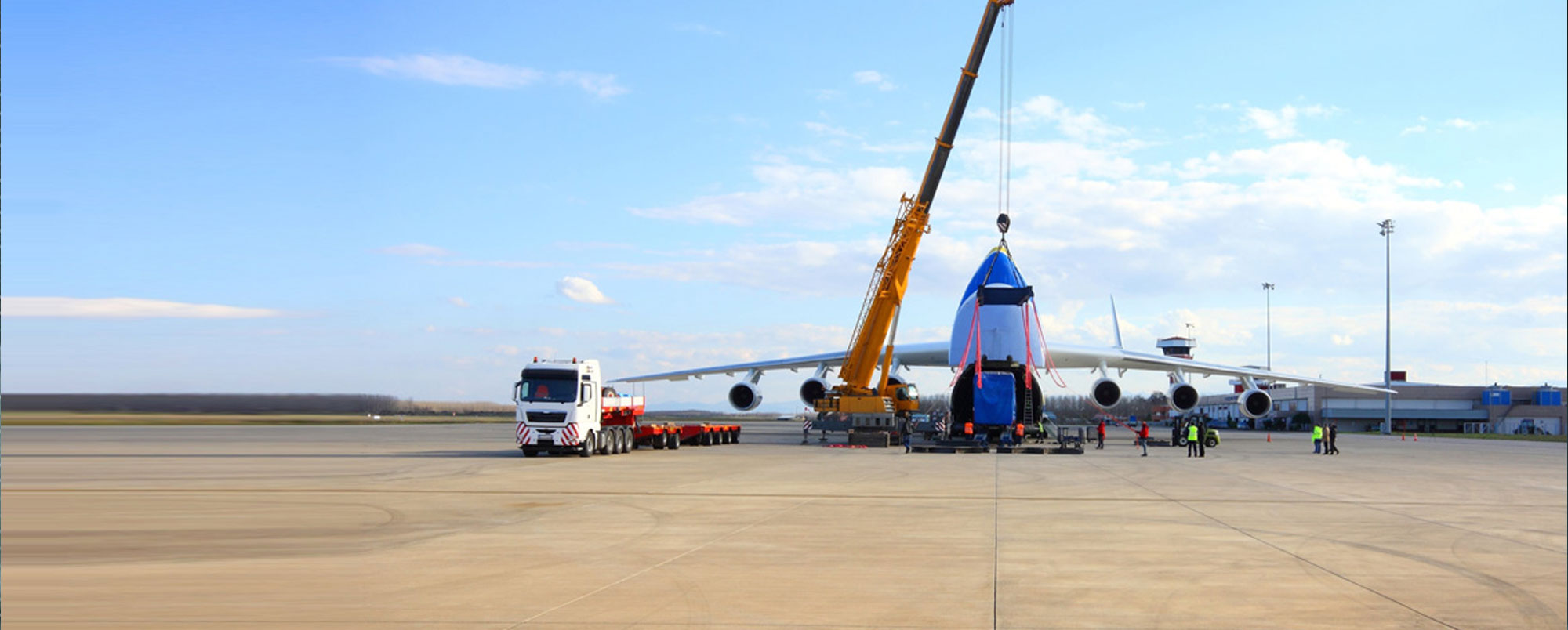Faster freightThe growth of the air cargo industry has led to the development of specialised aircraft that carry millions of tonnes of freight around the globe
Philip Orin Parmelee, an American aviation pioneer and an associate of the Wright brothers, flew the first cargo flight on November 7, 1910, between Dayton and Columbus in the US. Parmelee ferried 200 pounds of silk for a new store scheduled to open in Columbus, covering the 105km distance in less than an hour. He could not have foreseen the dramatic growth of the industry that he pioneered.
The faster times offered by air freighting opened up colossal commercial possibilities. Air freight volumes rose rapidly from low levels of 26,000 million ton-kms in 1985 to touch 188,000 million tons-km in 2015. In 2015, airlines transported 52.2 million metric tonnes of goods, accounting for about a third of global trade by value, says IATA. This works out to $15.3 billion worth of goods flying high every day.
The air cargo business is an industry in itself. Companies such as FedEx, DHL, TNT and UPS are today’s biggest air cargo operators. However, they see competition from several passenger carriers as well, who provide ‘belly cargo’ facilities to operators. In fact, passenger airlines are estimated to transport about half of all air freight.
The potential in the air cargo business has led to specialised aircraft designs. According to Airports Council International, a body representing global airports, currently there are more than 1,800 freighter aircrafts in operation worldwide. About a third of these are large, wide-body aircrafts that can carry more than 80 tonnes.














